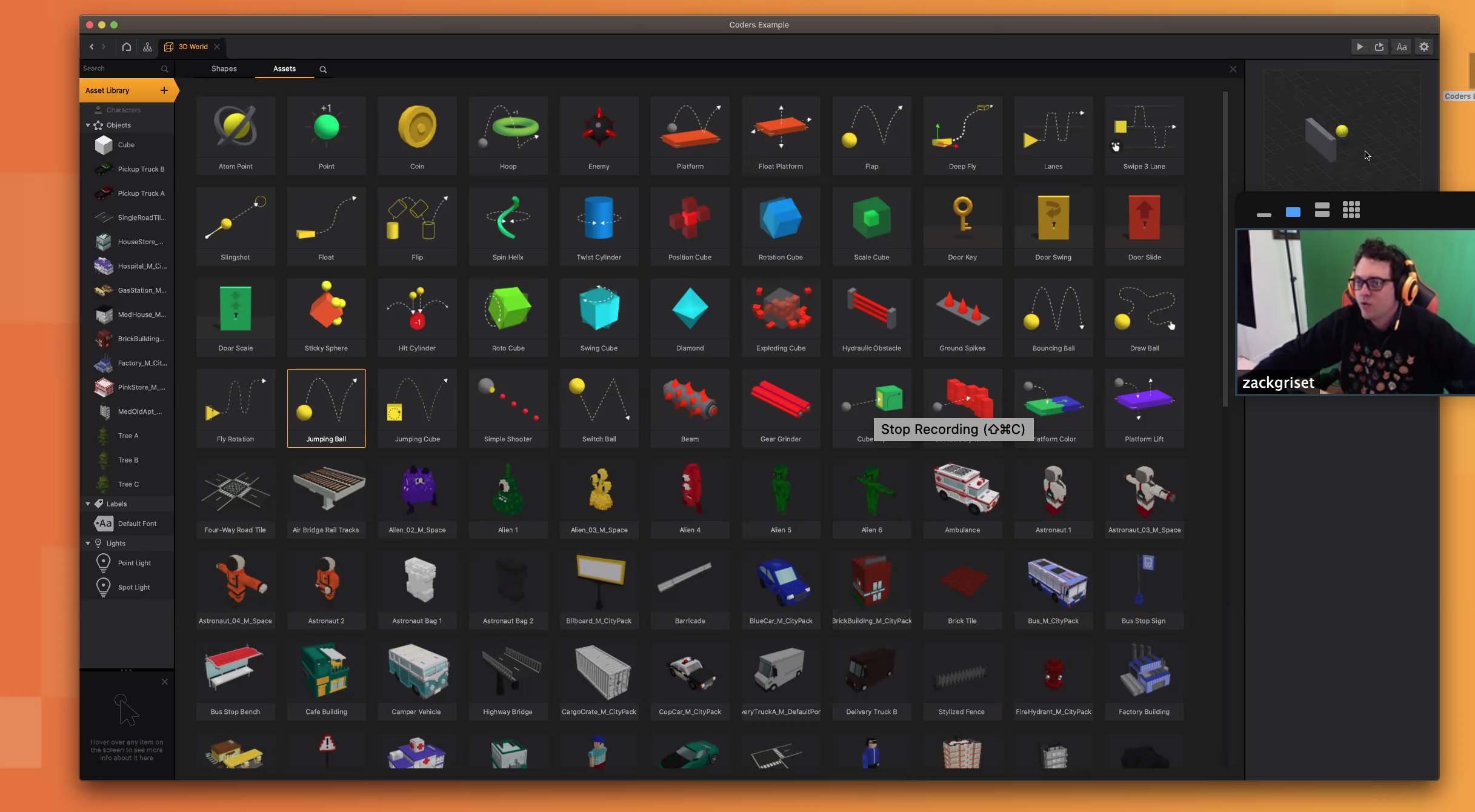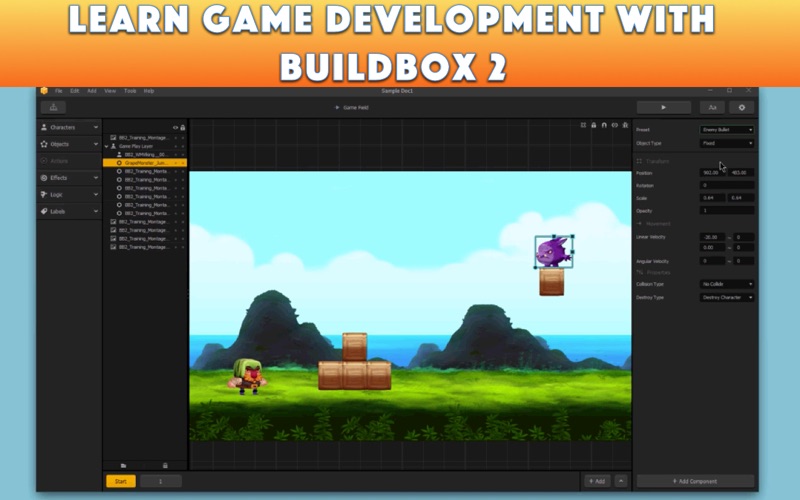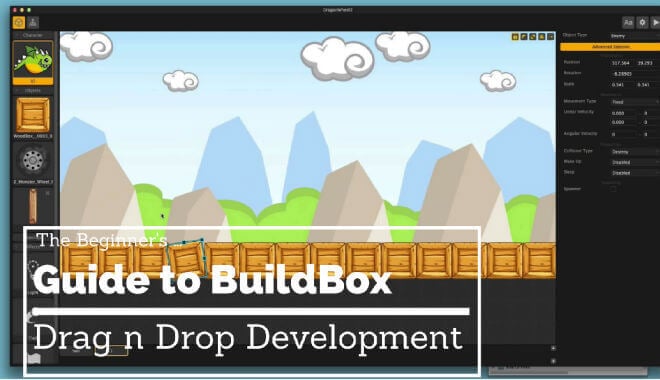
This means that on start, the game will automatically play.Īll of these nodes have nested properties that we can get access to if we double click on any node. First, notice that we’re currently going from our start node directly into our 2D game node. You have a 3D world, 2D world, UI screen and a random node.īecause we’re going to be building a 2D game, I’ll be using a 2D node. Over to the left you’ll see the mind map nodes you have available to you. The mind map area doesn’t have many nodes to work with, but you can do a lot with the new nodes that are available to you. This page is designed to allow you to control your top level game mechanics and game flow. Once our game is set up we’ll be brought to our mind map page. So what we’re going to do in order to make our lives a bit easier, is we’re going to use the wizard to set up our game. So the first thing we’re going to do is we’re going to open up Buildbox and create a new game.
#Learn buildbox how to#
But hopefully, by the end of this tutorial you’ll have a better understanding of how to design games using Buildbox, set up mind maps and use nodes to program your game without writing a line of code.

Today’s tutorial is only meant to be an introductory tutorial for beginners where I’ll cover the basics. Using Buildbox it’s really easy to build games and with Buildbox it’s not uncommon to go from idea to finished game within a month or two. However, out of all of these tools, I believe that Buildbox offers the most beginner friendly experience. I’ve been covering many different no-code engines on our blog recently including how to use Unity’s built in no-code tools and most recently I covered Godot’s visual scripting tools. In today’s tutorial I’m going to introduce you to Buildbox, a beginner friendly no-code game engine that allows you to build beautiful video games without having to know how to program. So let’s jump in and start learning about Godot’s interface.

This is because the Sovereign Moon Studios audience is interested in learning how to make games without having to code, so my focus will be on teaching you how to use visual scripting tools, which are built into Godot, instead. As we progress through this tutorial series, I’ll be doing so with a focus on using no-code development tools rather than scripting to create games. In today’s tutorial I’m going to introduce absolute beginners to Buildbox.

A Buildbox Crash Course Tutorial To Get You Started


 0 kommentar(er)
0 kommentar(er)
